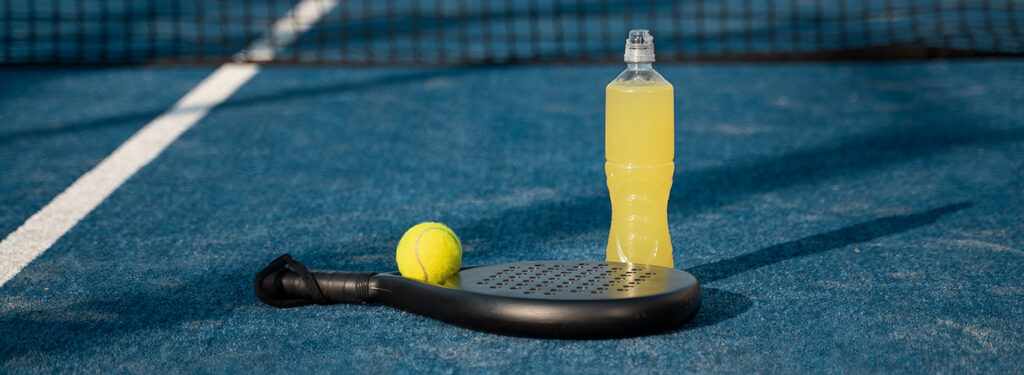Mastering the Basics: A Beginner’s Guide to Pickleball

Pickleball, a blend of tennis, badminton, and table tennis, has taken the sports world by storm. It’s easy to learn, immensely enjoyable, and provides a fantastic workout. This beginner’s guide will walk you through the essentials of pickleball, from understanding the rules to choosing the right equipment.
Chapter 1: The Origins and Evolution of Pickleball
Pickleball was born in 1965, when three dads wanted to create a game that would engage their kids during the summer. They combined elements from various sports, and thus, pickleball was born. The name? It’s said to come from the family dog, Pickles, who loved chasing the ball.
Chapter 2: The Court and Equipment
- The Court: A standard pickleball court is 20 feet wide and 44 feet long, about a quarter the size of a tennis court. It’s marked with specific lines that dictate the serving area, non-volley zone, and boundaries.
- Paddles: Unlike tennis rackets, pickleball paddles are flat, solid, and resemble large ping pong paddles. They come in various materials like wood, composite, and graphite, each influencing power and control.
- Balls: Pickleballs are plastic, with holes like a wiffle ball. They come in indoor and outdoor varieties, with indoor balls having smaller holes to combat wind interference.
Chapter 3: Understanding the Rules
- Scoring: Pickleball typically follows a rally scoring system, where points can be won by the serving or receiving team. The first team to reach 11 points (with a margin of at least 2) wins the game.
- Serving: Like in tennis, serves must be made diagonally, and the server must keep one foot behind the back line. The ball must be hit below the waist, and serve diagonally across the court.
- Volleying and Non-Volley Zone: Players cannot hit the ball in the air (volley) while standing in the non-volley zone (the first seven feet from the net). They must let it bounce first.
Chapter 4: Basic Techniques and Strategies
- The Dink: A soft shot that’s hit just above the net. It’s a strategic move that puts pressure on your opponents, making it harder for them to return.
- The Lob: A high, arching shot that’s hit over your opponent’s head. It’s an effective defensive move, giving you time to reposition.
- The Third Shot Drop: This shot is crucial and is typically hit from mid-court to softly land in the opponent’s non-volley zone.
Chapter 5: Practice Makes Perfect
- Solo Practice: Work on your serves, volleys, and footwork on your own. This helps build muscle memory and confidence.
- Find a Partner or Group: Join local pickleball clubs or communities to find players of similar skill levels. This not only helps improve your game but also fosters a sense of camaraderie.
- Watch and Learn: Watch professional matches or instructional videos online. Observing how the pros play can provide invaluable insights.
Conclusion
With this beginner’s guide, you’re well on your way to enjoying the wonderful world of pickleball. Remember, practice, patience, and a willingness to learn are your best companions on this exciting journey.
